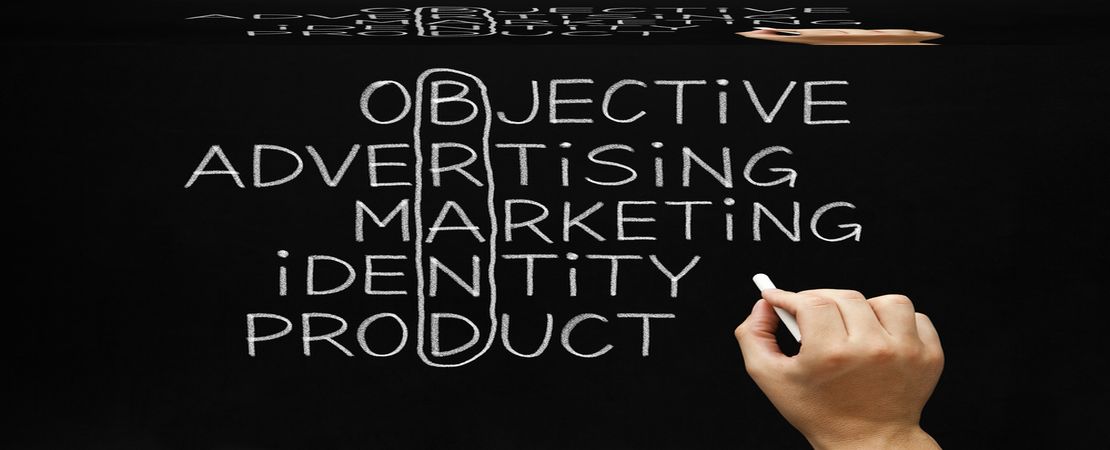
Difference between Logo and Brand
A business can have an amazing logo, but without executing its branding properly, it won't attract customers on its own. Branding is about how your customers see you and what you want them to think when they see your name or products in-store or online. Your brand should be coherent — meaning it reflects your company's values and beliefs across all channels, including print ads, social media posts, website design, packaging, and more. You can't just make one great logo for yourself; you have to build your entire brand.
A logo and a brand are two different things. A logo is like the face of your company, but your brand is all you care about. It's not just an image; it's about how people feel when they interact with your company and their experience with you. The distinction between the two can be confusing for some businesses, especially those that don't know much about branding or marketing strategies.
What is a brand?
Branding means different things to different people depending on the industry you are in, but essentially it is about creating a name, symbol or design to identify an organization or product. Branding also involves increasing the visibility of your business so potential customers recognize you when they see your logo. Branding is about creating an emotional connection with your target market to encourage loyalty and repeat business. Branding is also about projecting the right message to the right audience at the right time across different marketing channels.
What is a Logo?
A great logo can open doors to new opportunities beyond your imagination! Many people think that branding only refers to offline activities, such as TV commercials, magazine ads, and billboards. However, branding is not limited to these traditional advertising methods; it also includes many online elements, including logos, website design, social media posts, search engine optimization (SEO), and email marketing. Branding should also be consistent across all of these channels so your customers have a clear understanding of who you are and what you stand for.
The meaning of a cohesive brand.
A strong brand is essential to any business - it's the foundation that helps you attract customers, stand out from the competition and project the right image in your target market. A cohesive brand is one that accurately reflects your company's values and beliefs in all marketing materials. It’s important to have a consistent voice across all channels so your customers know what to expect from you no matter where they encounter your brand.
Brand awareness is key - you need to make sure your target market recognizes your logo and business when they see them. Branding can help you create an emotional connection with your customers, differentiate you from the competition, and build customer loyalty.
Stand out from the competition
Building a strong brand can help you stand out from the competition. A well-branded business has a unique identity that connects with customers. By creating a recognizable logo, color palette, and voice, you can differentiate your brand from the rest. Also, make sure your branding is consistent across all channels, including your website, social media pages, and marketing materials. If you need help building or strengthening your brand, consider working with a branding agency in Egypt. They can help you develop a strategy that works best for your business and reaches your target audience.
Build an emotional bond with customers.
Creating an emotional bond with customers is key to brand success. When customers feel a personal connection to your company or product, they are more likely to become loyal and committed to your brand. One of the most effective ways to create an emotional connection with customers is branding. By creating a recognizable and consistent image for your business, you help customers create an emotional connection with your products and services.
Build customer loyalty.
Build customer loyalty and trust. Target the right audience. Determine who your target market is. Gain authority and credibility. Stand out from the competition. After all, branding includes everything that defines your company—not just its exterior, but its interior as well.
Conclusion:
The difference between a logo and a brand is the cohesive look and feel of a company's marketing materials, including ads, social media posts, packaging, signage, and more. Brands need to reflect the company's values and beliefs across all channels and create an emotional connection with customers. Branding helps people remember who you are and what you stand for.







